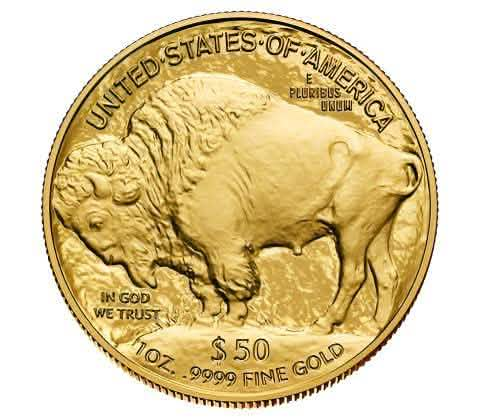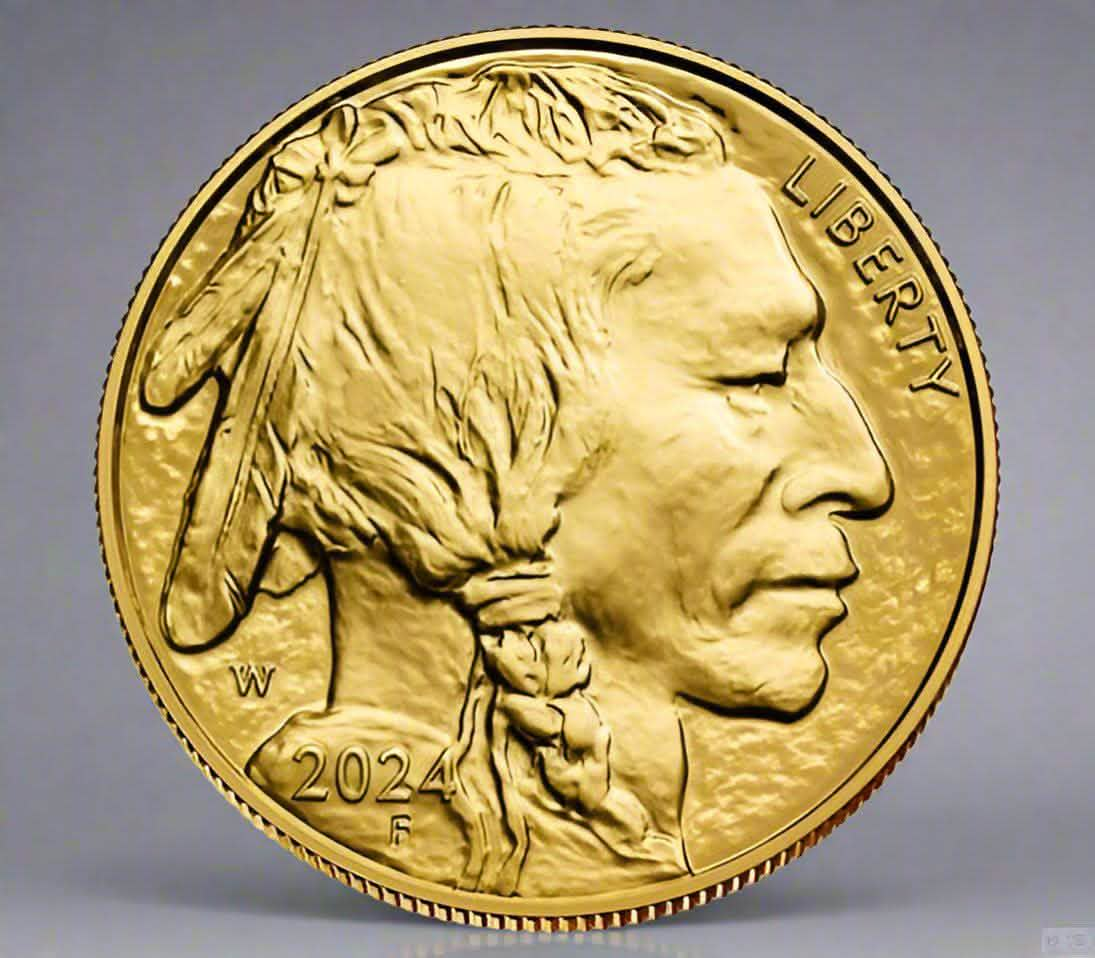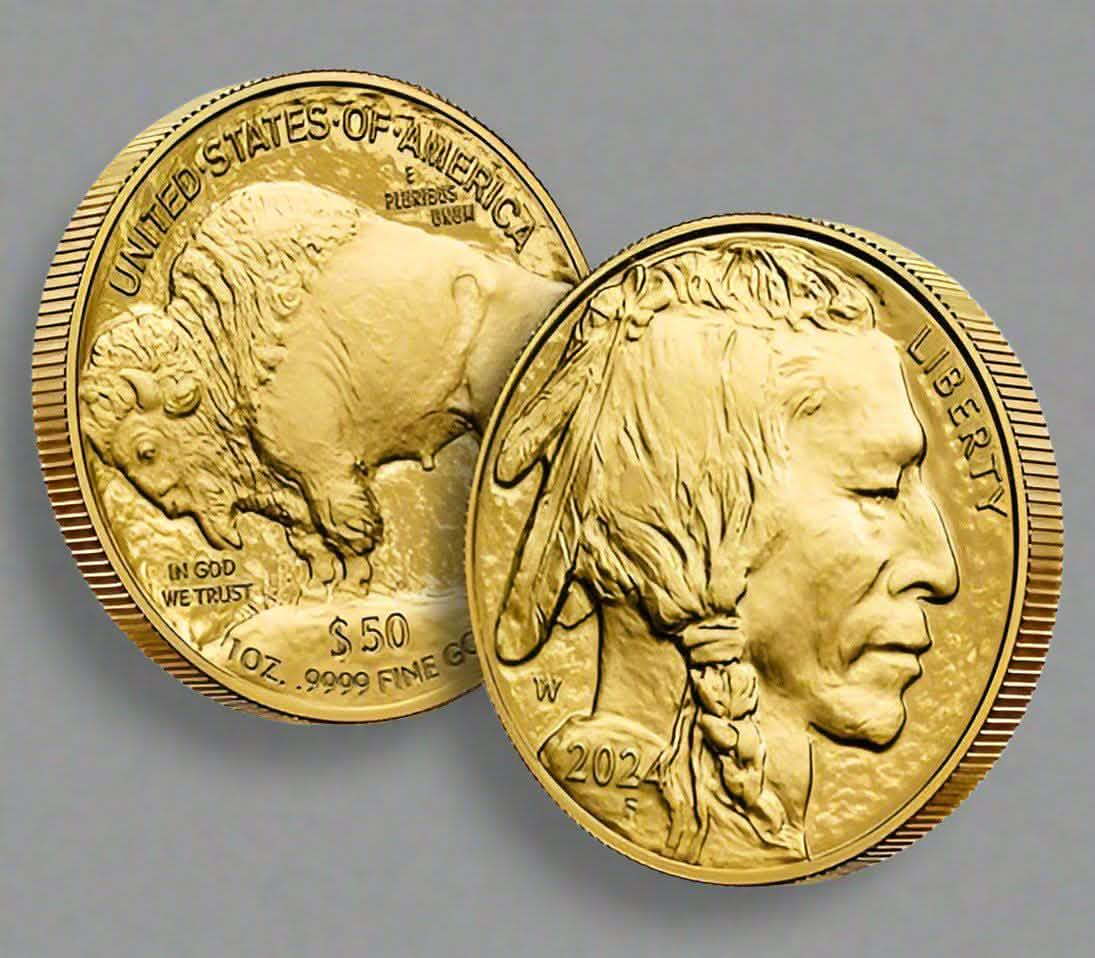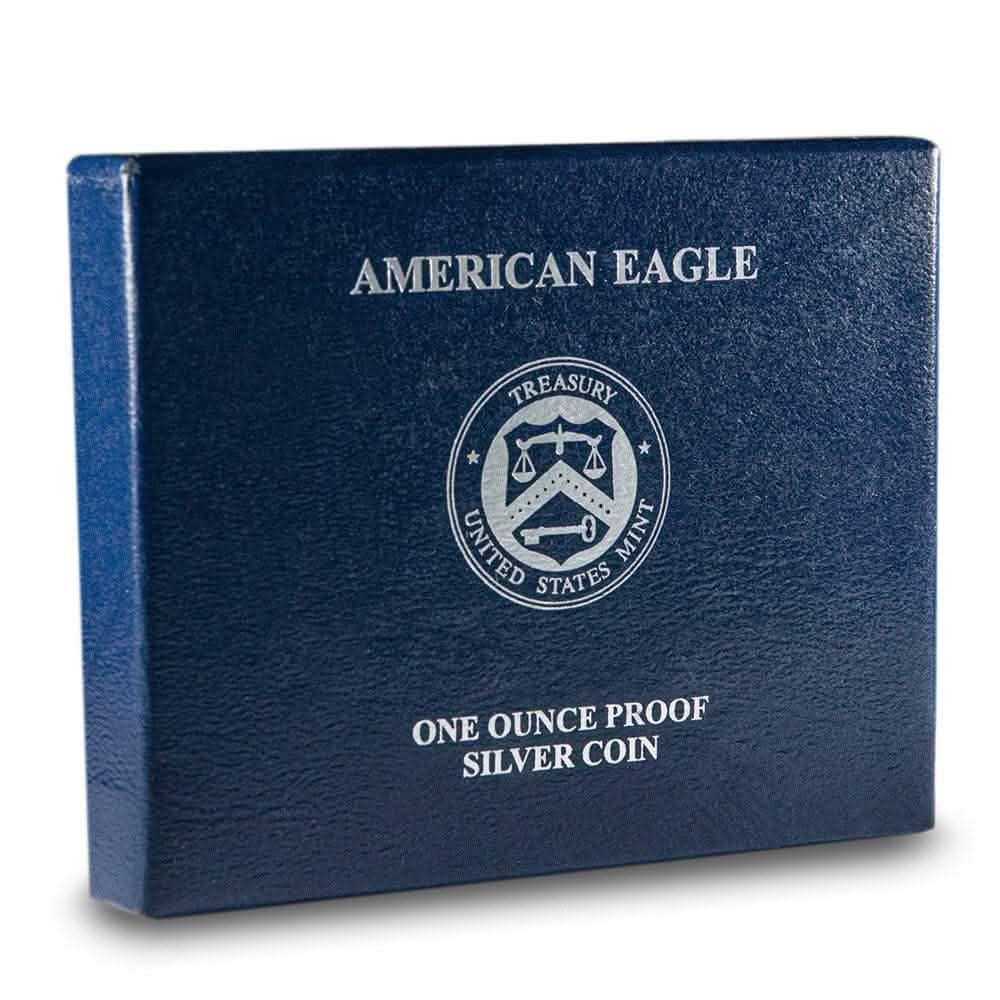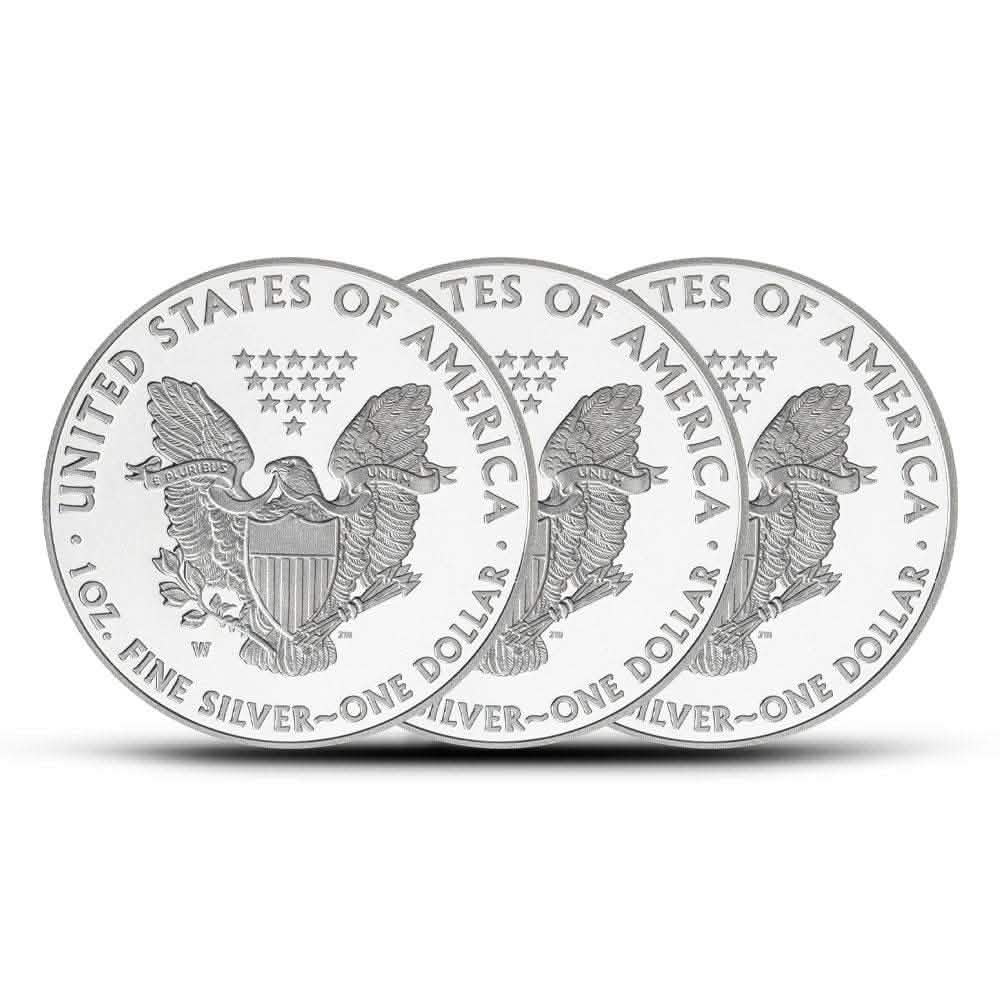Stealing gold may sound like a plot straight out of an action-packed movie, but one of history’s most audacious crimes—the world’s largest gold heist—was very real. This daring robbery not only stands as a testament to human ambition (and greed) but also as one of the great mysteries that continues to baffle historians and detectives alike.
What truly happened during this infamous heist? Who was responsible? And why does it still capture the imagination of true crime enthusiasts and history buffs decades later? This blog dives deep into the details of the world’s largest gold heist, its aftermath, and its lasting legacy.
The Great Robbery: A Detailed Account
Where and When Did the Heist Take Place?
The scene was set in post-WWII Britain when Europe was recovering after years of turmoil. On May 2, 1983, the unspeakable happened at the Brink’s-Mat warehouse near London’s Heathrow Airport. What started as a run-of-the-mill armed robbery became one of the most infamous crimes of the 20th century.
The criminals initially believed they were targeting £3 million in cash. But to their astonishment, they stumbled upon an even more fantastic prize—6,800 gold bars worth £26 million, alongside diamonds and other valuables. Adjusted for inflation, this staggering haul would be worth over £100 million today.
Key Players and Their Roles in the Operation
A gang led by Anthony Black, a Brink' s-Mat security guard who provided inside information, meticulously orchestrated the heist. Black supplied the gang with blueprints, access codes, and crucial details about the warehouse’s security systems.
Brian Robinson and Michael McAvoy, two known criminals with a history of armed robberies, were the masterminds behind the criminal plan. Their expertise in organized crime made them the ideal leaders for an operation of this magnitude.
Sophisticated Methods Used to Carry Out the Heist
The gang entered the warehouse with relative ease, armed with the insider tips provided by Anthony Black. They poured petrol over the tied-up security guards, threatening to set them on fire unless they complied. Their brutal interrogation led to the vault opening, revealing piles of gold beyond their expectation.
Loading the loot into vans took precision and time, but the gang worked with military-like discipline. Their attention to detail and composed demeanor made them hauntingly efficient, resulting in their quick escape. But as strategic as the heist was, fate had other plans.
The Aftermath: Investigation and Recovery
Initial Response of the Authorities
News of the audacious robbery spread like wildfire, sending shockwaves across Britain and beyond. The Metropolitan Police launched an immediate investigation, flooding the warehouse with detectives and forensic teams. However, the thieves had left little evidence behind, kicking off a complex and grueling search.
The Global Investigation
The Brink' s-Mat heist quickly became an international affair as British authorities collaborated with European law enforcement agencies. The stolen gold was suspected to have been melted down and transported to destinations including Switzerland and the Middle East. Tracking the loot became more challenging as it vanished into the complex world of global financial institutions and underground markets.
One notable lead was the involvement of Kenneth Noye, a notorious figure in British organized crime. Noye was instrumental in laundering the gold by selling it back into legitimate markets. The police eventually linked him to the heist, resulting in his arrest, trial, and conviction.
Despite these breakthroughs, a significant portion of the gold still needs to be accounted for. Of the 6,800 bars stolen, only a fraction has been recovered, leaving historians and investigators needing clarification on its true fate.
The Legacy of the Heist
Impact on Security Measures
The Brink’s-Mat robbery sent shockwaves through the security industry. The meticulous planning and insider assistance highlighted alarming vulnerabilities in gold storage and transportation systems. Insurance companies and security firms were forced to tighten protocols, leading to advancements in vault design, employee background checks, and surveillance technologies still used today.
Enduring Fascination in Popular Culture
The heist continues to captivate storytellers and audiences alike. The Brink's-Mat robbery has inspired countless authentic crime narratives, from documentaries to podcasts, books, and TV shows. Recent dramatizations, such as the BBC series Gold, prove that the fascination surrounding this crime hasn’t waned—if anything, it’s growing.
Historians also see the Brink' s-Mat case as a window into the 1980s criminal underworld. It illuminates how organized crime evolved during a time when global financial systems began to take center stage in laundering stolen fortunes.
Lessons from History
The world’s largest gold heist was not just a crime but a human drama packed with ambition, betrayal, and enduring mystery. It is a chilling reminder of how ingenuity can be used for good and evil and how no system is entirely impervious to human cunning.
For true crime enthusiasts and history buffs, the Brink' s-Mat heist continues to symbolize the allure of the unsolved. It resonates with our shared fascination with stories of grandeur and risk, with high stakes and unknown outcomes. It also prompts us to ask unsettling questions—if so much of the gold remains unaccounted for, where is it now?
If you have any ideas or thoughts on the topic, please share them with me. History is better understood when more voices contribute to the puzzle.
